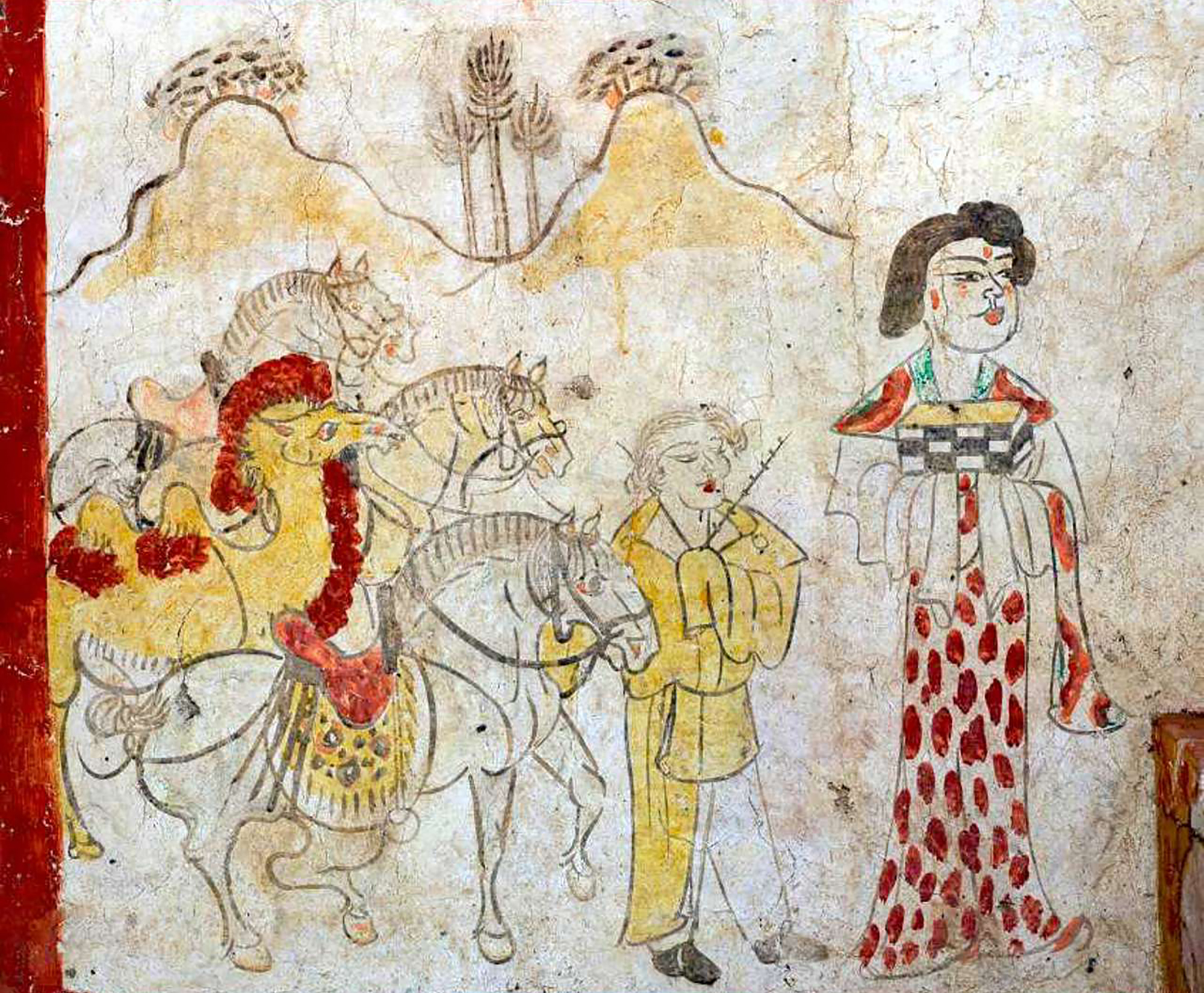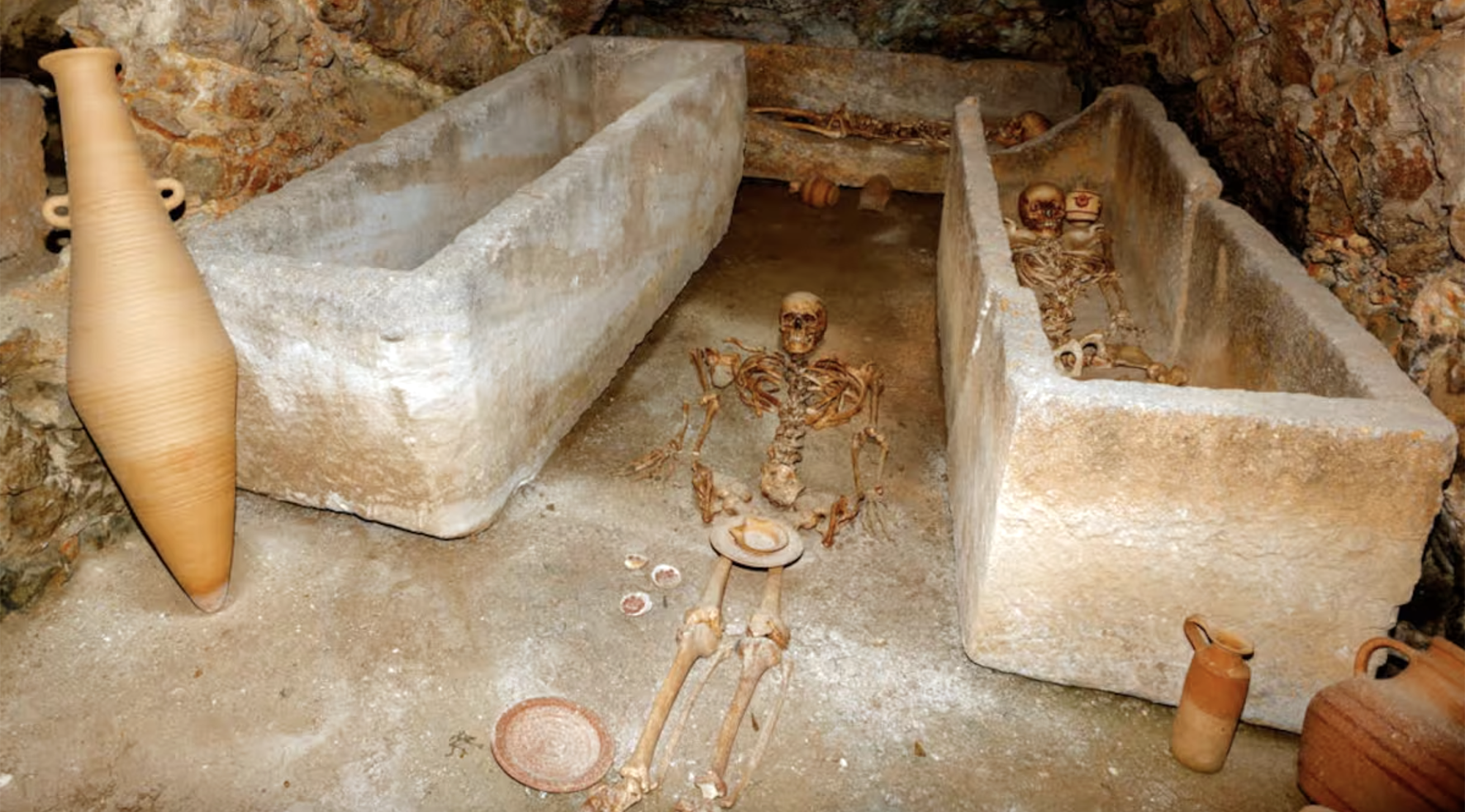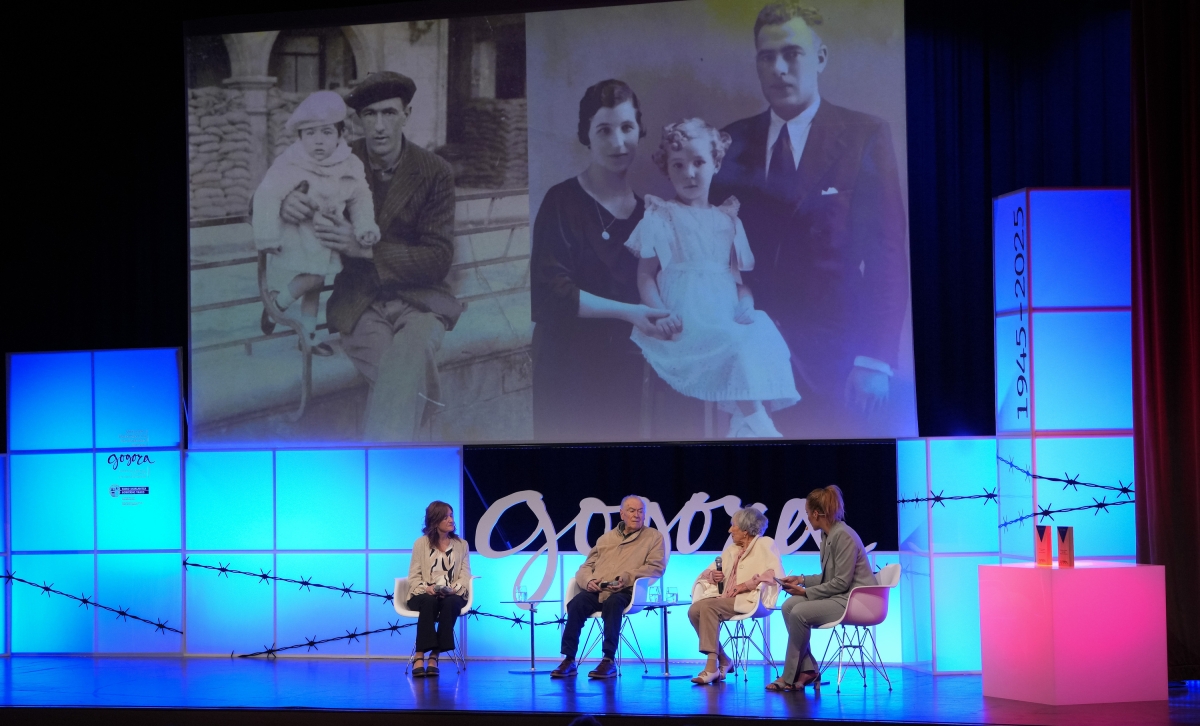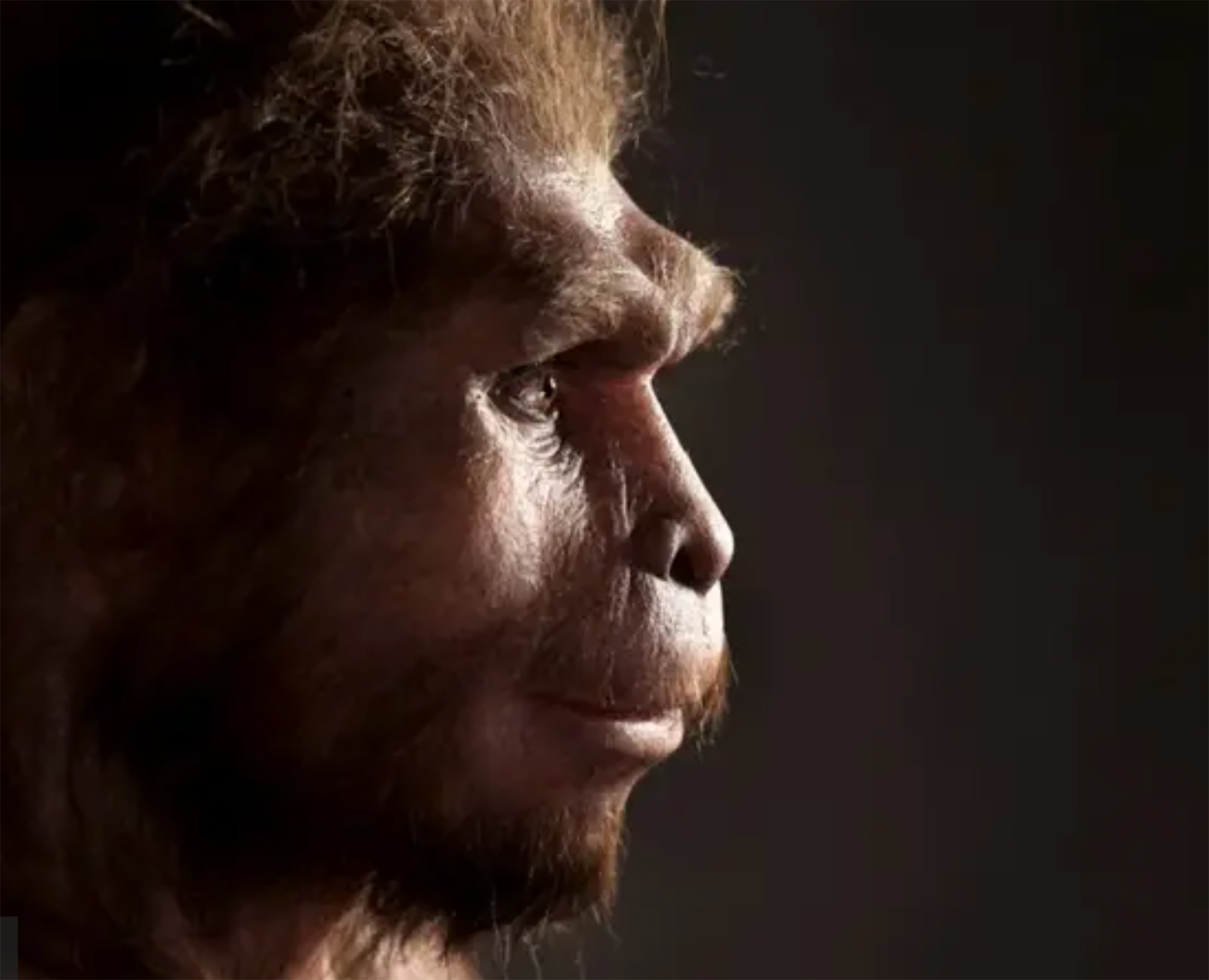An ongoing project, the History of the Basque Country in 100 objects
- Wikipedia in Basque has started an interesting initiative in this 2024. History of the Basque Country in 100 objects. They took the idea with books that Basque wikilaris had written for a similar reason. The BBC and the British Museum in London made a World History of 100 objects, and in Ireland a local newspaper promoted a similar initiative with a local academy and a national museum. (This article has appeared in audio format in the last issue of July of the digital publication Ttap, here you have it in text form).

These two initiatives, that of the British Museum and that of Ireland, are well documented on Wikipedia in English. In the case of the Basque Country, the initiative has begun to develop in the opposite direction: From Wikipedia, you'll select and list objects, and from there you'll be able to make a book, all in order.
The Wikilarien Kultur Elkartea Cultural Association has already contacted different museums and institutions to see what each of them can propose of their funds. There is already a probisional list of one hundred elements and a space has been opened for the elaboration and discussion of contributions.
In my opinion, making the list is an interesting intellectual and cultural exercise and, whether or not Wikipedian, I invite everyone to pass it, to reflect on what cultural, anthropological or not objects can complete the history of Euskal Herria.
There is, of course, the hand of Irulegi, a unique object. Other things, such as the cultivation laya or the cestapunte, are not replaced by a single item, but by a category. Or in some cases, you can define a category with a specific item, such as when the Ikurriña has been proposed, the flag designed by Sabino Arana, which appear on the Kortabarria and Iribar list together with the ikurriña (already kept in Donostia) that went to Atotxa.
Other objects may never have existed in the Basque Country: Olifante or Roldán horn that allegedly touched in Roncesvalles to call Carlomagno, a false relic that is preserved in Occitania; or the car of Luis Carrero Blanco which, on the initiative of the Basque wikilaris, has recently been documented through photographs in a military headquarters in Madrid...
I will say others: The letters of Heraclio Fournier, the trikitixa, the bicycle Crosseta, the wolframium, the almady, the xirula of Isturitz, some basconic currency, the unworn arm of San Francisco Javier, the book Xopentxo, the rotating newspaper Euzkadi and Eguna, an action of the slave company of Caracas, both Sunday.
Come and help you complete the list of the 100 objects on Wikipedia, and once the hundred objects have been decided, document the objects on them. A hundred objects made history and let's make history with them.
In the Chinese province of Shanxi, in a tomb of the Tang dynasty, paintings depicting scenes from the daily lives of the dead are found. In one of these scenes a blonde man appears. Looking at the color of the hair and the facial expression, archaeologists who have studied the... [+]
Carthage, from B.C. Around the 814. The Phoenicians founded a colony and the dominant civilization in the eastern Mediterranean spread to the west. Two and a half centuries later, with the decline of the Phoenician metropolis of Tyre, Carthage became independent and its... [+]
Salvador Puig Antich frankismoaren kontrako militantea izan zen. Askapen Mugimendu Iberikoko kidea, 1973ko irailaren 25ean atxilotu zuten. Gerra-kontseilua egin zioten, eta garrotez exekutatu zuten handik sei hilabetera, 1974ko martxoaren 2an. Aurtengo otsailean baliogabetu du... [+]
Rudolf Botha hizkuntzalari hegoafrikarrak hipotesi bat bota berri du Homo erectus-i buruz: espezieak ahozko komunikazio moduren bat garatu zuen duela milioi bat urte baino gehiago. Homo sapiens-a da, dakigunez, hitz egiteko gai den espezie bakarra eta, beraz, hortik... [+]
Böblingen, Holy Roman Empire, 12 May 1525. Georg Truchsess von Waldburg overthrew the Württemberg insurgent peasants. Three days later, on 15 May, Philip of Hesse and the Duke of Saxony joined forces to crush the Thuringian rebels in Frankenhausen, killing some 5,000 peasants... [+]
During the renovation of a sports field in the Simmering district of Vienna, a mass grave with 150 bodies was discovered in October 2024. They conclude that they were Roman legionnaires and A.D. They died around 100 years ago. Or rather, they were killed.
The bodies were buried... [+]
Washington, D.C., June 17, 1930. The U.S. Congress passed the Tariff Act. It is also known as the Smoot-Hawley Act because it was promoted by Senator Reed Smoot and Representative Willis Hawley.
The law raised import tax limits for about 900 products by 40% to 60% in order to... [+]





















